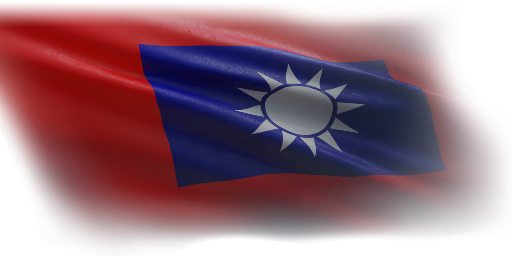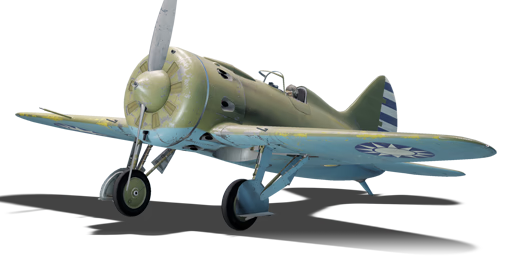

Aviation
␗I-16 type 10
II
Rank
AB
2.3
RB
2.0
SB
1.7
Battle rating
China
Research country
Fighter
Main role
7,900

Research
10,000

Purchase

China
Operator
General information
Flight performance
Max speed
at 3,160 m
453409471429 km/h
Rate of Climb
19.814.724.914.7 m/s
Turn time
16.718.815.918 s
Max altitude
9,300 m
Takeoff Run
210 m
Landing
flaps
flaps
Take-off
flaps
flaps
Combat
flaps
flaps
Air
brake
brake
General characteristics
Crew
1 person
Engine
Length
6.1 m
Wingspan
9 m
Wing Loading
136 kg/m²
Weight:
Base weight
1.541.591.51.58 t
Fuel in main tanks
0.15 t (42m)
Limits:
Max Speed Limit (IAS)
700 km/h
Mach Number Limit
0.75 M
G limit
≈ -8/16 G
Flap Speed Limit (IAS)
260 km/h
Gear Speed Limit (IAS)
260 km/h
Offensive armament
4 × 7.62 mm ShKAS machine gun
Ammunition
3,100 rounds
Fire rate
1,800 shots/min
One-second Burst Mass
0.29 kg
| Belt | Belt filling | Armor penetration (mm) at a distance: | |||||
|---|---|---|---|---|---|---|---|
| 10 m | 100 m | 500 m | 1000 m | 1500 m | 2000 m | ||
| T/Ball/Ball/AP-I/AI | 13 | 12 | 7 | 3 | 2 | 0 | |
| AP-I/AI/API-T | 13 | 12 | 7 | 3 | 2 | 0 | |
| AP-I/API-T | 13 | 12 | 7 | 3 | 2 | 0 | |
| AP-I/AP-I/AP-I/AI | 13 | 12 | 7 | 3 | 2 | 0 | |
Suspended armament
Setup 1
6 × ROS-82 rockets
Setup 2
6 × RBS-82 rockets
Economy
Repair cost
Basic → Reference
AB
358 → 538 

RB
729 → 1,096 

SB
679 → 1,021 

Crew training
3,000 

Experts
10,000 

Aces
125 

Research Aces
160,000 

Reward multiplier
AB / RB / SB
20 / 60 / 140 % 

112 % 

Total cost of modifications
6,930 

6,750 

Talisman cost
530 

Research order:
Flight performance | |
|---|---|
Survivability |
|---|
Weaponry | |
|---|---|
Rating by players
You must play more than 3 battles for the last week and more than 10 battles in a vehicle to rate it.
Like:
8
Flight performance:
Not enough ratings
Survivability:
Not enough ratings
Aerial combat:
Not enough ratings
Ground attack:
Not enough ratings
Balance:
Not enough ratings
Tips & Tricks
This space is currently empty
Do you know any interesting vehicle features?
Loading...
No articles about this vehicle yet
Become the first author and get rewards!
Write a guide, tell about interesting historical facts, make a tutorial or simply an interesting post.
No more content